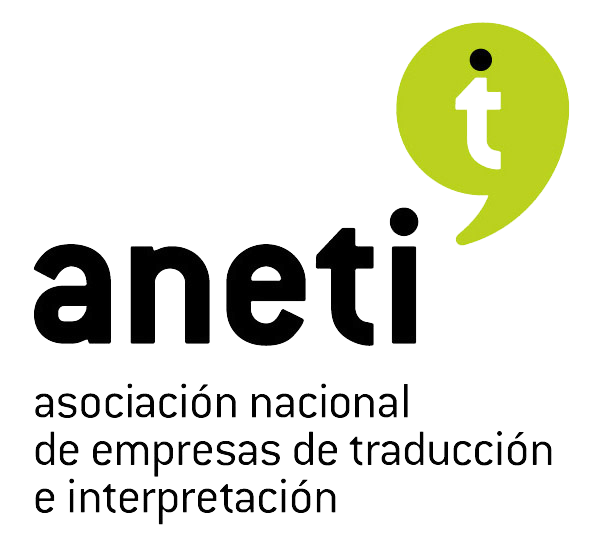Get answers to your main questions about Remote Simultaneous Interpreting or, if you prefer, contact us and we will advise you free of charge.
For remote simultaneous interpreting, does the interpreter have to be present at my premises or can they be elsewhere?
The presence of the interpreter will depend on the mode. In remote simultaneous interpreting, we can choose between two modes:
1.- Pure Remote. Interpreters are at home and have no physical contact with anyone, neither with the speakers nor with their fellow interpreters.
2.-Semi-remote. Interpreters are located at the client’s premises or in a hub (a specific studio) where they are close to the fellow interpreter they are working with and the sound technicians, but they view the speakers remotely via their PCs.
What is a HUB?
Depending on the modality, remote simultaneous interpreting (RSI) can be carried out in three different locations. From the interpreter’s home, with the technical difficulties that this entails; from the client’s premises, which must have the basic technical requirements in place; or from a HUB, a physical studio equipped with the necessary technology and technical supervision by a professional to carry out remote interpreting with the utmost guarantees.
As an innovative company, and with the aim of promoting this service, Trayma has designed a studio or HUB at its facilities to offer this service both to its clients and to other professionals who need this space to carry out their interpreting work.
How long can an interpreter work in remote simultaneous interpreting?
In pure remote interpreting, a maximum of 30-40 minutes for a single interpreter and, if that time is exceeded up to 7 hours, two interpreters of the same language would alternate every 10-15 minutes instead of every 20-30 minutes.
In remote simultaneous interpreting, can the interpreter be seen on the video call platform, or can they only be heard?
Only the interpreter’s voice can be heard; they do not participate in the video call in any way other than with their voice, just as they do when they are present in person.
Is remote simultaneous interpreting less expensive than on-site simultaneous interpreting?
It does indeed represent a saving in terms of accommodation, subsistence and travel costs for interpreters travelling to the venue of the face-to-face event, but pure remote interpreting involves higher costs for the interpreter when working from home due to the need to acquire the necessary technical equipment and secure connection.
However, given that in-person interpreting is charged on a half-day (up to 4 hours) and full-day (up to 7 hours) basis, and remote or semi-remote interpreting is charged per project, there would not be much difference in the interpreter’s basic rate, or perhaps a slight increase for remote interpreting, but without the extras for accommodation, meals and travel, it would be minor or compensable.
Further information: https://interpretacionsimultanearemota.trayma.com
When we travel to another country for work, among hundreds of doubts and questions, one that arises is how to legalise our university degree or master’s degree where we are going. It is possible that the company where we are going to work or do an internship may require us to do so.
We may also want to travel and earn a living with our profession, wherever we go, so it is best to have all the documentation relating to our training in order to find work and cover our expenses abroad, as well as to obtain a visa.
When processing and legalising a document, such as an academic qualification, to travel to a foreign country, you have probably heard about apostilles, specifically the Hague Apostille.
Some countries that are signatories to the Hague Convention enjoy the benefit of exemption from legalisation of foreign public documents in all member countries. In such cases, the interested party must complete the procedure to obtain the Hague Apostille.
Automatic translation can be very useful if you are travelling abroad as a tourist or to understand a simple text. What’s more, thanks to technology, we have them on our mobile phones. In reality, this type of automatic translator does the job of a language dictionary, as basic as the ones we used at school. But automated translators are too ambiguous.
As a general rule, it is thought that translators are always interpreters and vice versa, but this is a misconception. However, it cannot be ruled out that there are professionals capable of performing both tasks.




| Legal Notice | Privacy Policy | Cookie Policy | Quality Policy | Accessibility Statement | Sitemap
Developed by La Fábrica del SEO
|
|
Gracias por registrarte |
